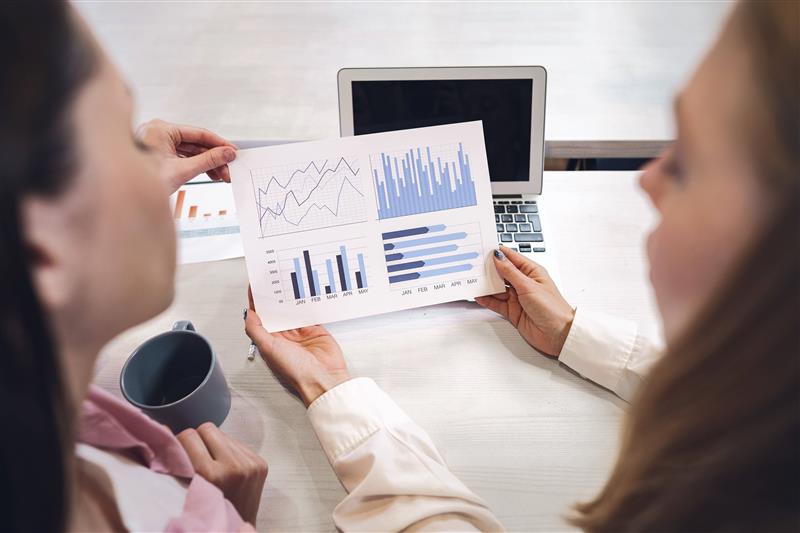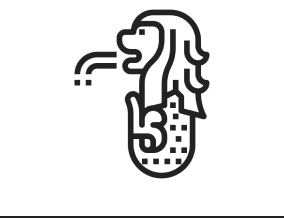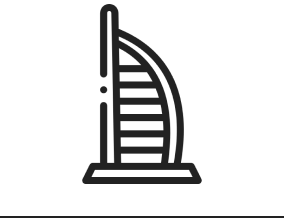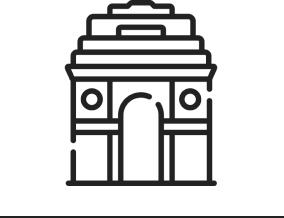Predicting what customers will want—and when—is one of the biggest challenges for any business. Whether you’re managing a retail store, running a manufacturing plant, or planning your next product launch, getting demand right can mean the difference between profit and loss.
That’s where demand forecasting and demand sensing come in.
Both are powerful tools used in supply chain and inventory planning, but they serve different purposes. While one looks ahead based on past trends, the other reacts to what’s happening in real time.
What Is Demand Forecasting?
Demand forecasting is the process of predicting customer demand in the future. Businesses use historical data, market trends, and other factors to estimate how much of a product people will want.
For example, if a company sold 1,000 T-shirts every July for the past five years, they might forecast that they’ll sell around 1,000 T-shirts next July too.
Key Features of Demand Forecasting:
- Based on past sales data
- Looks at long-term trends (weeks, months, or even years ahead)
- Often uses statistical models or machine learning
- Helps with long-term planning and budgeting
Pros:
- Good for strategic planning
- Helps in setting long-term goals
- Useful for production, inventory, and marketing planning
Cons:
- May not respond well to sudden market changes
- Less accurate for short-term demand shifts
- Relies heavily on historical data, which may not reflect current reality
What Is Demand Sensing?
Demand sensing is a more modern and agile approach. It uses real-time data to predict short-term customer demand more accurately. Instead of looking at what happened last year, demand sensing focuses on what’s happening right now.
It takes into account things like:
- Current sales trends
- Weather changes
- Social media signals
- Promotions and discounts
- Supply chain disruptions
This method gives businesses a quick and up-to-date view of customer demand so they can adjust quickly.
Key Features of Demand Sensing:
- Uses real-time data (daily or even hourly)
- Focuses on short-term demand (next few days to weeks)
- Responds to sudden changes in the market
- Often powered by AI and advanced analytics
Pros:
- More accurate for short-term decisions
- Helps reduce stockouts and overstocking
- Improves responsiveness to customer needs
- Supports just-in-time inventory systems
Cons:
- Requires access to real-time data
- Needs advanced technology and tools
May not replace long-term forecasting
Main Differences Between Demand Sensing and Demand Forecasting
| Feature | Demand Forecasting | Demand Sensing |
| Time Horizon | Long-term (months to years) | Short-term (days to weeks) |
| Data Type | Historical | Real-time |
| Speed of Response | Slower | Faster |
| Accuracy for Short Term | Lower | Higher |
| Technology Requirement | Moderate | High (AI, real-time systems) |
| Use Case | Strategic planning | Tactical adjustments |
Why Not Use Both?
Great question! Many modern businesses don’t just choose one—they use both. Think of demand forecasting as the foundation for long-term plans, while demand sensing is like the steering wheel that helps adjust the direction quickly based on real-time road conditions.
By combining the two, companies can:
- Build strong long-term strategies
- Stay flexible and responsive in the short term
- Reduce waste and improve customer satisfaction
Real-Life Example: Retail Clothing Store
Let’s say you own a clothing store.
- In January, you use demand forecasting to plan how many summer outfits you need to order for July. You base it on last year’s sales and trends.
- In June, you notice from your demand sensing system that weather forecasts predict an early heatwave. You quickly adjust your marketing campaigns and move summer clothes to the front of the store.
- This mix of forecasting and sensing helps you sell more and avoid being stuck with too much or too little stock.
Final Thoughts
Understanding the difference between demand sensing and demand forecasting is key to building a smart and responsive supply chain.
- Use demand forecasting to make informed long-term decisions.
- Use demand sensing to stay sharp and flexible in the short term.
Together, these tools help businesses meet customer needs more effectively and stay ahead of the competition.
If you’re a business looking to improve your supply chain, investing in both strategies can make a big difference in your success.

Vivek Bisht
Sr. Content Writer






